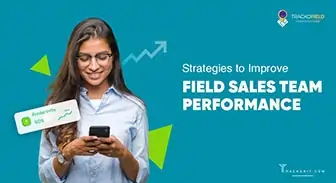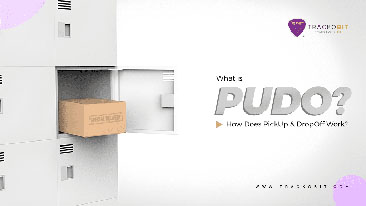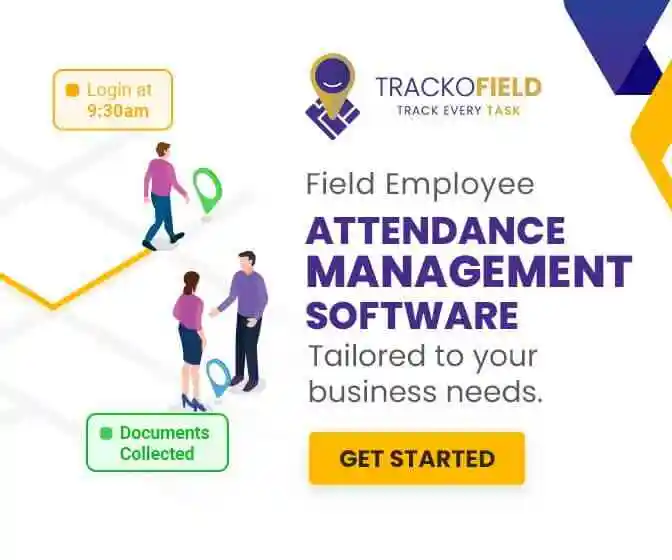-
TrackoBit
Manage commercial vehicles with the new-age Fleet Management Software
TrackoBit -
TrackoField
Streamline your scattered workforce with Field Force Management Software
TrackoField -
Features Resources
-
Blog
Carefully curated articles to update you on industrial trends. -
White Paper
Insightful papers and analysis on essential subject matters. -
Glossary
Explore an alphabetical list of relevant industry terms. -
What’s New
Get TrackoBit & TrackoField monthly updates here. -
Case Study
Explore the cases we solved with our diverse solutions. -
Comparisons
Compare platforms, features, and pricing to find your best fit.
-
About Us
Get to know TrackoBit: our team, ethos, values, and vision. -
Careers
Join the most dynamic cult of coders, creatives and changemakers. -
Tech Support
Learn about our technical support team and services in detail. -
Events
Check out the exhibitions where we left our marks and conquered. -
Contact Us
Connect with us and let us know how we can be of service.
Is Your BTL Spend Worth It? Learn How to Track and Maximize BTL ROI
- Author:Tithi Agarwal
- Read Time:8 min
- Published:
- Last Update: April 29, 2025
Table of Contents
Toggle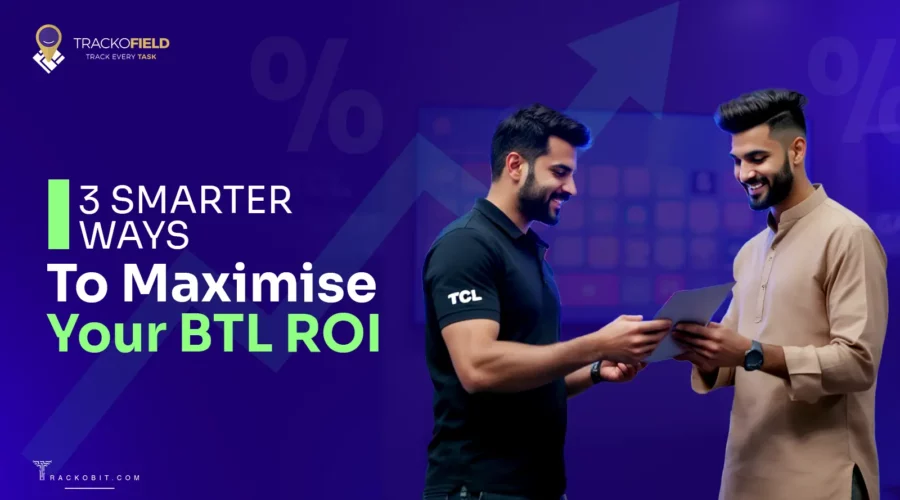
Track, measure, and improve your BTL activation ROI using real-time visibility, smart planning, and actionable data to boost campaign performance.
Table of Contents
ToggleBTL activations have moved far beyond just grabbing eyeballs. Today, brands need more than buzz—they need numbers. With marketing getting more measurable, every campaign must prove its worth.
But tracking ROI in BTL isn’t easy. Since these activations are mostly happening offline, are scattered in different locations it becomes hard to quantify them. From hidden costs to missed data, brands often lose out on insights.
ROI plays a major role especially where the performance of the campaign matters the most. It could possibly help with getting your budget for the next BTL activation approved!
Why Your BTL ROI Might Be Way Off? Some Common Mistakes
1. Relying on vanity metrics (footfall ≠ impact)
Counting footfall alone doesn’t tell the full story. You might get 5,000 visitors to your stall, but if only 50 interacted meaningfully or signed up, the ROI is weak. It is common for Brands to confuse buzz with the actual impact.
BTL activation metrics like dwell time, lead quality, or conversions offer deeper insights. It’s not about how many came—it’s about who stayed, engaged, and converted.
💡 Vanity metrics give a feel-good high but no real value for future planning or budgeting.
2. Disconnected tools and manual data collection
Many brands still use spreadsheets, WhatsApp groups, and separate CRMs to track BTL activations. This leads to slow reporting, missed entries, and poor coordination.
For example, if your footfall tracker isn’t linked with your lead form, how will you know your conversion rate? That’s a critical gap.
Manual data collection also introduces human error—teams forget to log visits, images go missing, and reports arrive days later.
Without a connected system that centralizes data and employee management like field force automation, your campaign is just a series of untracked moments that fail to tell a complete story.
3. No proof of performance (POP): The nightmare for marketers
Imagine trying to convince your client or boss that your 20-city campaign was executed perfectly—with no pictures, timestamps, or check-ins to show for it.
Without POP, all your planning can look like fiction. Other than that, it is very hard to validate campaign execution or authenticate its impact.
Real proof includes geo-tagged photos, digital attendance, task completion logs, and brand compliance checks. These are your campaign’s receipts.
They don’t just build trust—they help you measure ROI more accurately. Using systems like field force automation that uses geofencing attendance system for check-ins, your campaign runs on hope instead of hard evidence.
4. Delayed or zero feedback loops from field teams
Feedback that arrives days after the BTL activation ends is too late to fix anything. You miss the chance to tweak messaging or change direction.
You might keep running a low-performing campaign simply because you don’t know it’s underperforming.
Feedback that is collected in real time will help you make decisions in a snap and on the go. For instance, knowing that one mall had poor footfall on Day 1 lets you shift your team to a better location by Day 2.
Without this loop, decisions are slow, learning is lost, and ROI takes a hit.
Top ROI Metrics You Can’t Ignore When Tracking BTL Activations
1. Cost per Engagement / Cost per Lead
This metric shows how much you’re spending to get someone’s attention or details. Instead of just looking at the total campaign cost, break it down to see how much you spent for every real interaction or lead collected. Tracking this helps you understand if BTL activation is efficient or wasting money.
A lower cost per lead means your messaging, placement, and execution are working well. It also makes budget planning for future activations easier by showing you exactly what each rupee brings in return.
2. Campaign Reach vs. Target Audience Relevance
BTL activation reach means how many people saw the campaign. But relevance is about who saw it.
You might reach 10,000 people, but if only 500 were actually your audience, it’s a waste of effort. Always compare your total reach with how many of those viewers matched your target profile.
This shows if your location, messaging, and timing are on point. Your chances of engagement and conversion increase when there is a right match. Going smart is more important than merely going huge.
3. Footfall to Conversion Ratio
Footfall tells you how many potential people visited your booth or store. Conversion tells you how many took action. This ratio is key to measuring real campaign performance.
You might get 3,000 visitors, but if only 30 signs up or purchase, something’s off.
It helps you identify weak links in the funnel—was it the pitch, the team, or the offer?
Improving this ratio directly boosts your BTL activation ROI. Track it consistently to fine-tune your engagement tactics.
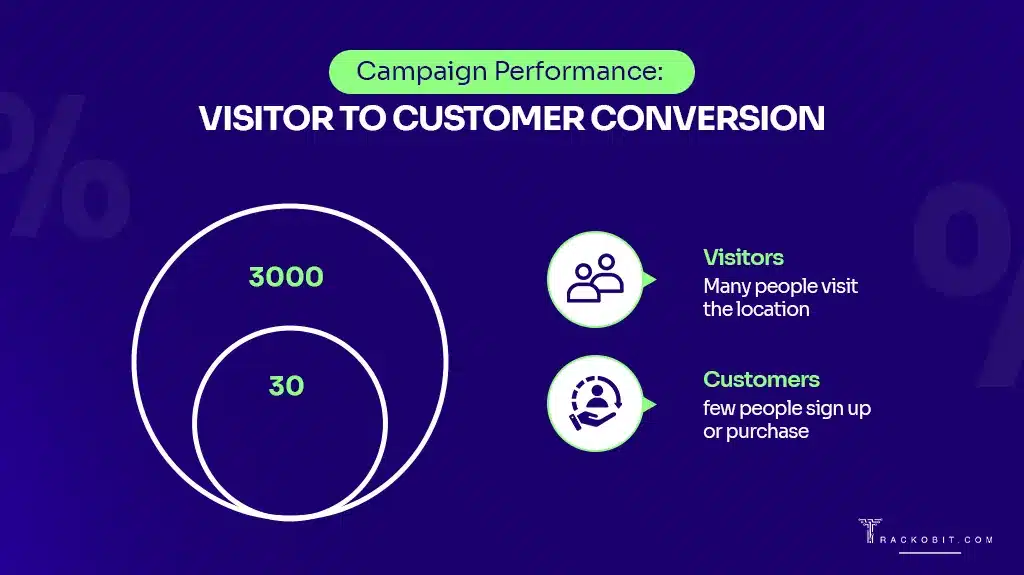
You might have 3000 visitors on your stall but only 30 people who filled the forms are your conversion.
4. Geo-tagged Proof of Performance
Proof of Performance or work shows that your BTL activation actually happened as planned and field promoters were on the ground on time and doing their tasks.
Geo-tagged images, digital attendance, and time-stamped check-ins are proof points. They eliminate guesswork and bring transparency.
Clients and managers want evidence—not just reports.
POP builds trust and strengthens accountability. It also helps you audit campaign execution across multiple locations in real time. When your field team knows their work is tracked, performance improves too.
5. Time-to-Execution vs. Response Rate
This tracks how quickly your team acts and how fast your audience responds.
💡 Let’s say a campaign was supposed to start at 11 AM—did it? And when did people begin engaging? Faster execution leads to better momentum on the ground.
A quick setup followed by an immediate response shows your planning and team coordination are strong. It highlights how agile and responsive your campaigns really are. Time-to-Execution vs. Response Rate metric or numbers will even be used to spot delays and do away with inefficiencies.
6. Brand Recall Lift (using surveys/digital touchpoints)
After the BTL activation, do people remember your brand? That’s what brand recall lift measures. It can be tracked through automated surveys in BTL activations. You can also use QR code responses, or post-event feedback, helping you understand if the campaign made a lasting impression.
If people remember your name and message days later, your activation worked. This metric is especially useful for FMCG, lifestyle, and BTL product launches. High brand recall leads to better long-term ROI, even if conversions happen later.
How to Supercharge ROI in Your Next BTL Campaign
The best way to supercharge your next BTL campaign
A. Pre-Activation: Set the Foundation Right
- Define clear KPIs from day one
Before anything hits the ground, you must know what success looks like. Is it the leads volume? Product trials? Brand awareness? Clear KPIs give your team direction and make ROI measurable.
- Pick the right location, not just a busy one
Not all footfall is useful. A high-traffic location with the wrong crowd won’t help. Choose spots where your actual target audience is active. This increases engagement, not just noise.
- Plan your resources smartly—with tech
From staffing to inventory, poor planning drains ROI. Use automation or field-force software to assign tasks, map zones, and avoid overlaps. It saves time, cuts costs, and boosts productivity from day one.
Its task management solution helps with assigning, tracking and analysis performance of field employees with ease.
B. Mid-Campaign: Drive Real-Time Impact
- Get real-time visibility of your campaign
You can’t fix what you can’t see. Use tools like field employee tracking software that let you monitor on-ground performance live. Be it the task status, attendance of promoters or gain proof of work. Visibility gained through field force automation helps you steer the campaign in the right direction.
- Make quick pivots when needed
If a location is underperforming, don’t wait. Move your team. Change messaging. Relocate resources. Having agility in mid-campaign will help rescue activation’s ROI. You can still make the most of the day by relocating.
- Track engagement rates, not just footfall
Are people just walking by or stopping to interact? Accurately calculate the dwell time, QR scans, signups, and brand interactions. These BTL activation insights are really helpful in indicating what is working and what’s not.
C. Post-Activation: Turn Data into Gold
- Generate reports—fast and with clarity
Delayed reports mean delayed decisions. Use field force automated tools that generate real-time reports with charts, metrics, and proof of execution. It helps you show value and secure future budgets of BTL activations.
These reports are auto generated in real time. The reports can be tailored and made according to your needs. You want to see incomplete tasks – you’ve got it. You want to see delayed mark-ins – you get in the least clicks.
Reports like Target vs. Achievement give a clearer picture of how the promoters are performing while carrying out the BTL campaign.
- Collect honest feedback from the field
Ask your team what worked and what didn’t—while it’s still fresh. On-ground insights of BTL activations often reveal the real story behind numbers. It also helps you build stronger campaigns next time.
- Optimise before your next rollout
Use every data point—engagement, timing, location, conversion—to tweak your next plan. Small improvements make up the formula for planning successful BTL activations. ROI doesn’t grow by chance; it grows by design.
ROI Isn’t Just a Number — It’s Your Next Budget Approval
Every footfall, interaction with the consumers, and photo makes a huge impact in BTL activation. Tracking ROI ensures you’re not just spending—but investing wisely. With the right strategy, real-time visibility, and post-campaign insights, your activations can go from hit-or-miss to high-impact.
By using TrackoField’s field force automation software you are able to monitor. Measure and improve better and faster. Not only does it help with tracking on-ground promoters but also helps you collect data that will take you one step closer to budget approval.
Frequently Asked Questions
-
How does real-time tracking improve BTL ROI?
It gives instant visibility into on-ground performance. You can fix issues, relocate teams, and optimise resources on the fly—leading to better engagement, reduced wastage, and higher returns.
-
Why is it difficult to track BTL campaign ROI?
Lack of integration, manual reporting, and missing proof of performance make it hard to connect footfall with outcomes like leads or conversions.
-
How does technology help in optimizing on-ground marketing?
It automates task allocation, tracks field teams, gathers proof of execution, and generates instant reports—saving time, reducing errors, and improving campaign decisions.
-
How can I track whether my field promoters are being effective?
Yes. With check-ins, geo-tagged photos, task logs, and engagement data, you can monitor productivity, attendance, and lead quality in real time.
-
What are the best practices to improve BTL ROI?
Set clear KPIs, target the right locations, track real-time data, gather feedback, and use software to plan, monitor, and optimise every stage of the campaign.
-
Can BTL campaigns be automated?
Yes. From route planning to attendance, task tracking, and performance reporting—BTL campaigns can be streamlined using field force automation software.
Tithi Agarwal is an established content marketing specialist with years of experience in Telematics and the SaaS domain. With a strong background in literature and industrial expertise in technical wr... Read More
Related Blogs
-
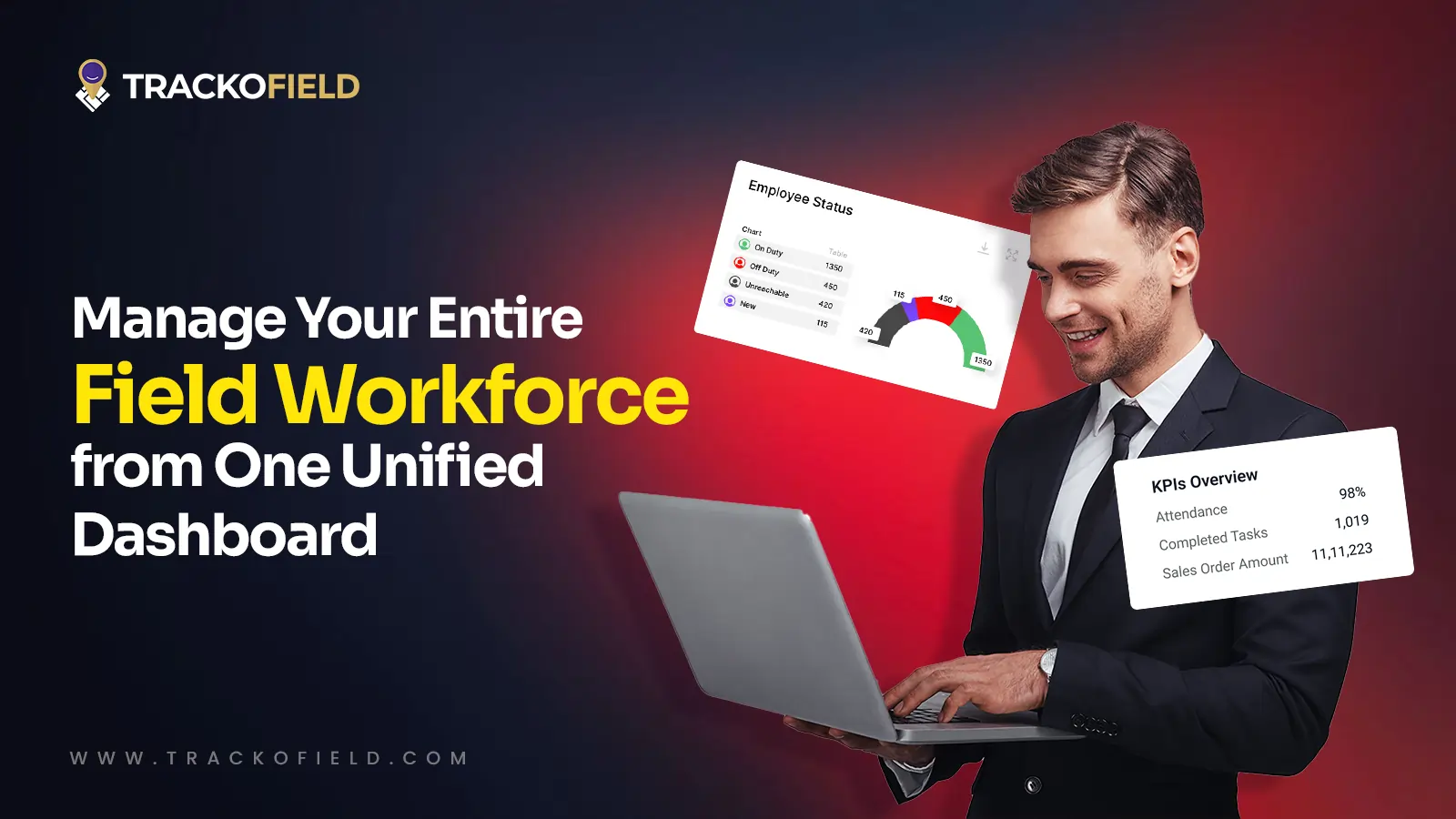
Unified Field Workforce Dashboard: Monitor Tasks, Attendance & More In One Place
Mudit Chhikara December 15, 2025Bring full clarity to field operations with a single, real-time field workforce dashboard.
-
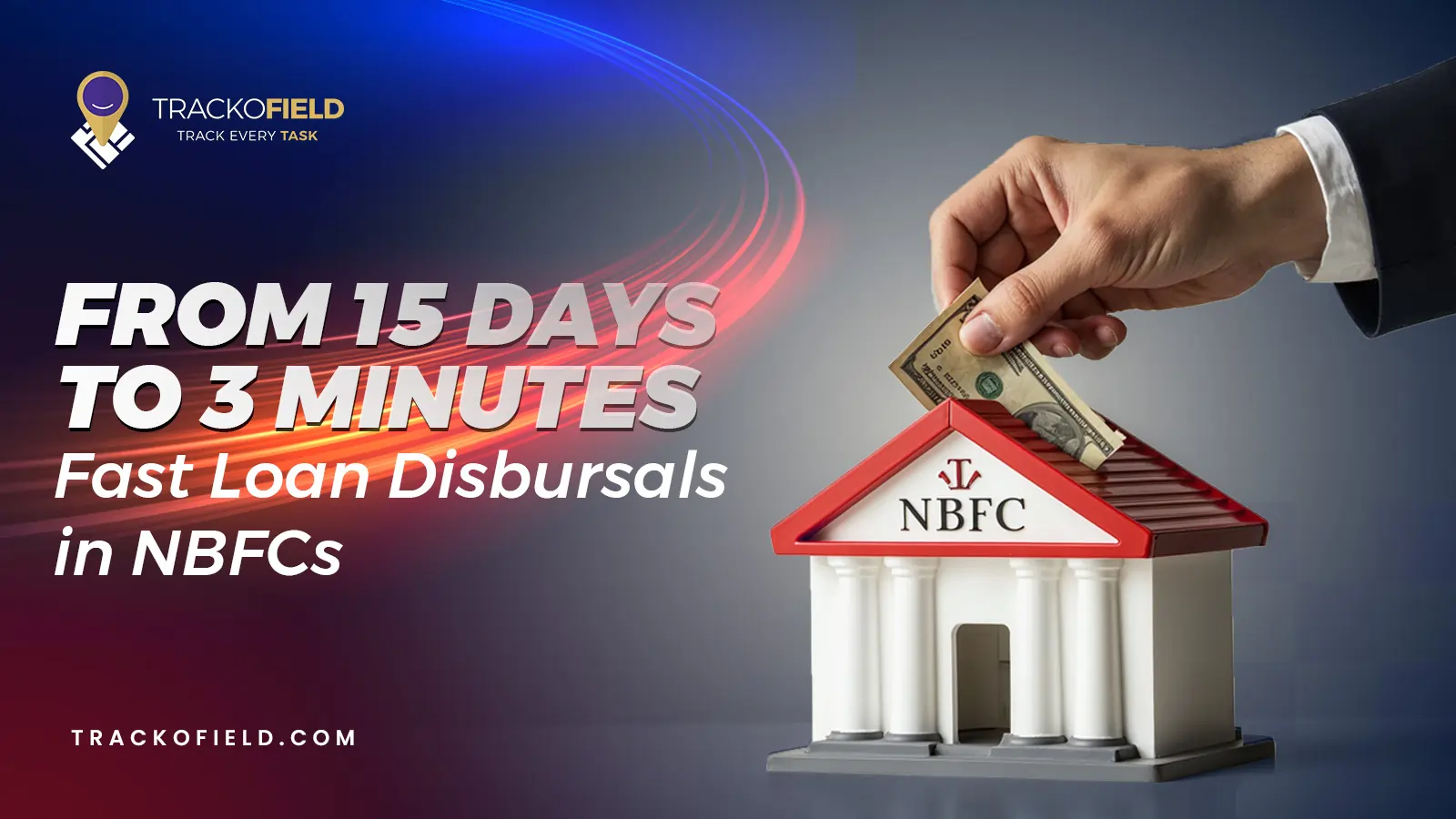
Loan Disbursement in NBFCs: From 15 Days to 3 Minutes – Learn How
Shemanti Ghosh December 11, 2025TrackoField’s AI-enabled field force automation software speeds up loan disbursals in NBFC with field agent task monitoring and facial attendance…
-
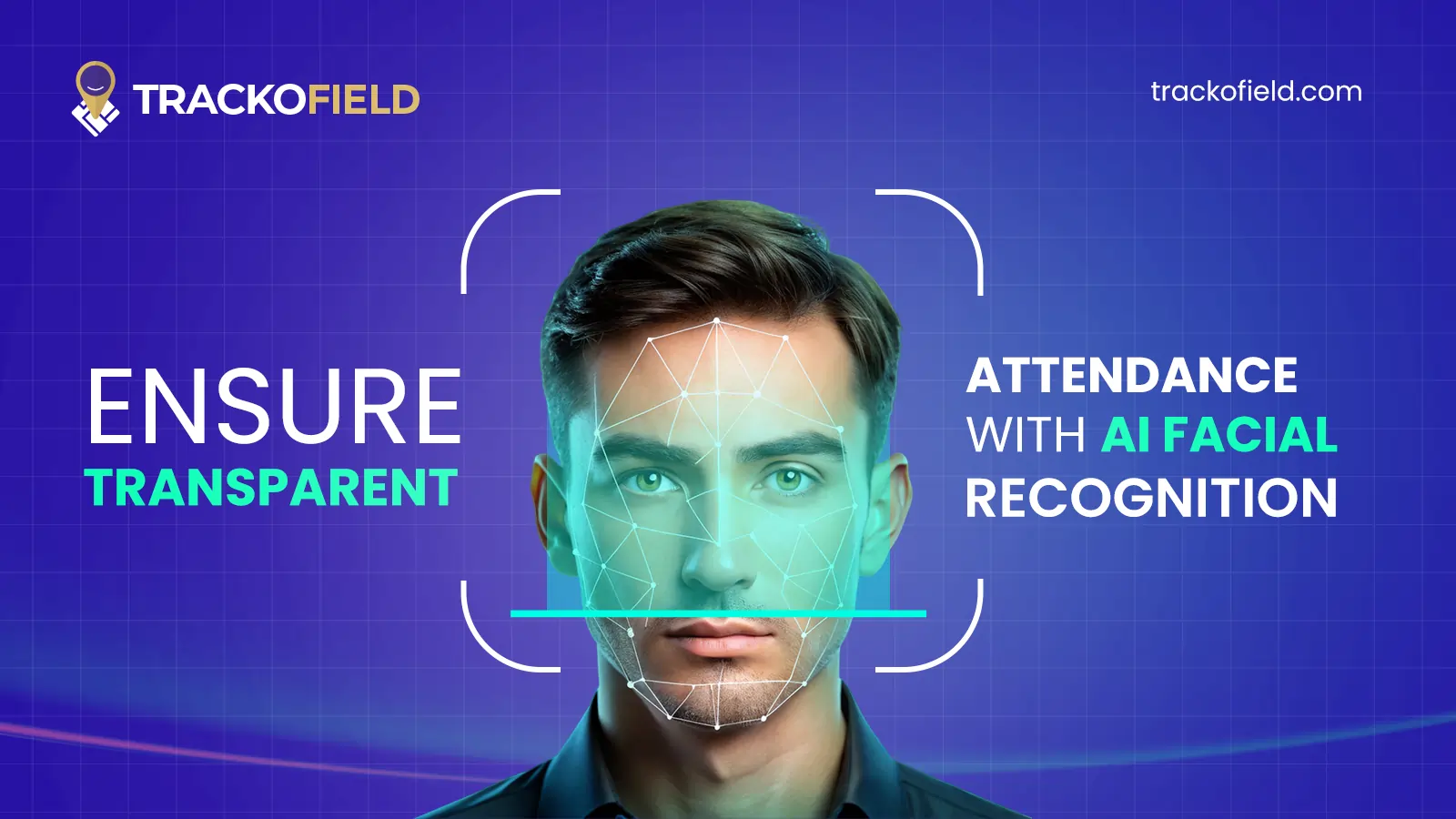
AI Facial Recognition Attendance: A Game-Changer for Fraud-Free Field Operations
Mudit Chhikara December 9, 2025Ensure transparent attendance and eliminate fraud before it even starts with AI facial recognition and geofencing.
-
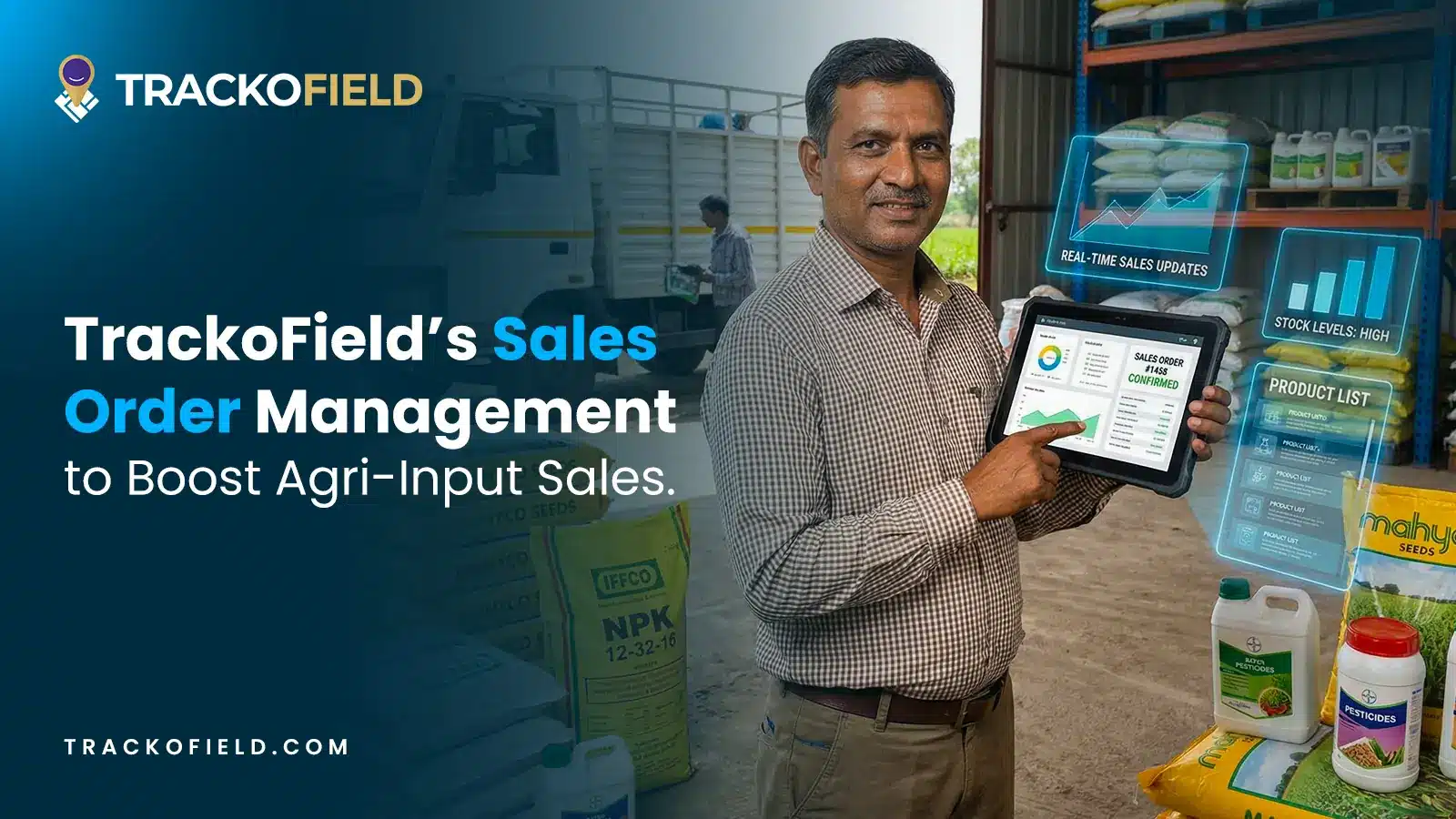
Boost Agri-Input Sales Efficiency with TrackoField’s Sales Order Management Module
Shemanti Ghosh December 3, 2025Grow Agri-input sales and expand farmer database with TrackoField’s Sales Order Management module.

Subscribe for weekly strategies to boost field team productivity.
Your inbox awaits a welcome email. Stay tuned for the latest blog updates & expert insights.
"While you're here, dive into some more reads or grab quick bites from our social platforms!"Stay Updated on tech, telematics and mobility. Don't miss out on the latest in the industry.
We use cookies to enhance and personalize your browsing experience. By continuing to use our website, you agree to our Privacy Policy.































